

The world of real-time strategy games is one of complexity. Titles featuring large maps, multiple factions, and varied units make up the bulk of the RTS genre, with games such as Starcraft gaining huge followings across the world. The genre is defined by its density, and gamers are oftentimes enamored by the depth of mechanics to master.
What would happen, then, if those complex game mechanics were stripped down to the bare minimum? The answer would be the Swords and Soldiers series. Developed by Ronimo Games, the series saw its first release back in 2009 and was a smash hit, gaining plaudits from reviewers. Now, Ronimo Games is returning to the franchise with Swords and Soldiers 2, which is released only for Wii U.
For the uninitiated, the Swords and Soldiers series features real-time strategy gameplay with one major difference – the gameplay takes place in a 2D platform environment. Two armies, one taking the left side of the level and one taking the right, battle to complete objectives or simply annihilate the opposition. The series takes away many seemingly essential parts of the genre, leaving only the core gameplay intact.
As such, Swords and Soldiers 2 may feel very bizarre for those who are adept at the real-time strategy genre. Gone is the ability to work out the best direction of attack, or indeed any real control over the movement of a player’s army. Swords and Soldiers 2, much like its predecessor, does not have the same tactical feel as the likes of the Creative Assembly-developed Total War series, with instead a much more frantic gameplay style.
Indeed, the Awesomenauts creator seems to have refined the original’s gameplay down to an even more streamlined version, with mobile base units adding even more fluidity to the battles. The title also makes a major change to the campaign mode from its predecessor. Whilst Swords and Soldiers offered up three separate stories, based around the Aztec, Viking, and Imperial Chinese factions vying for control, the sequel instead delivers one campaign with a single story.
The story mode can be completed in approximately six hours, but players have other game modes to keep them occupied. Gamers can take part in one-on-one skirmishes with AI opponents, whilst Swords and Soldiers 2 also provides players with a local multiplayer option. There is, however, one glaring omission from the game mode roster, as the title does not offer any kind of online multiplayer mode.
The lack of online multiplayer in the Wii U title is a real shame, as Swords and Soldiers 2 has an almost arcade-like feel to its frantic gameplay. The title is strong in terms of pick-up-and-play, with a limited number of units to master across each of the factions. Players even have the ability to chop-and-change units between the Viking, Demon, and Persian armies to create their own dream team.
Although some may see the small number of individual units as a detriment, instead it helps lead to Swords and Soldiers 2 never leaving the player baffled by unit choice. With its core mechanics stripped down to merely resource management and unit creation, much of the gameplay revolves around working out the correct combination of units to cause maximum damage to the enemy. Although players may find that simply creating a large army is enough to see them through the early levels, better strategies revolve around making the best use of summoning and ranged attack units – particularly given that players lack direct control over unit movement.
That in itself, however, could lead to an issue for some players. Real-time strategy enthusiasts are used to micro-management and absolute control in the genre, and such a deviation from that norm takes a while to get used to. Often the player can feel like less of a general and more of a static bystander, and this sometimes makes Swords and Soldiers 2 feel similar to the likes of Plants vs. Zombies. It helps create a strange dichotomy of casual and strategy, and Swords and Soldiers 2 may be one of the few real-time strategy titles that works best in short, sharp bursts instead of extended playthroughs.
Referring to the title as casual does Swords and Soldiers 2 an injustice, however, as the game steers clear of the negative traits of the ‘casual’ term. In particular, there is plenty of polish when it comes to the controls, and the title makes excellent use of the Wii U’s gamepad, with an interesting control scheme revolving around the use of the shoulder buttons. Players are also given the option of using the gamepad’s touch screen, but that alternative option feels a little clumsy and imprecise.
Perhaps the most impressive element of Swords and Soldiers 2 is the lovingly-created character models. Ronimo Games has clearly paid a lot of attention to the game’s graphical design, and the hand-drawn models and animations are a sight to behold. It gives Swords and Soldiers 2 a fantastic, vibrant atmosphere reminiscent of Rayman Legends, and the title is all the better for it.
The graphical style sits perfectly with Swords and Soldiers 2’s dialogue and story, as the title is rich with light-hearted humor. Speech is laden with jokes and puns, whilst the cartoonish characters are just as outlandish as their character models suggests. It gives Swords and Soldiers 2 a real appeal, driving the campaign and even individual battles with engaging moments of comedy.
Unfortunately, the character models and comedy do not quite make up for some of the game’s other shortcomings. Swords and Soldiers 2 is certainly an entertaining title, with a level of polish and overall quality higher than most games on the Wii U eShop, but there is a lack of replayability and issues with longevity. Whilst the game is fun in short doses, the lack of online multiplayer could leave players wanting more than the title can provide.
Swords and Soldiers 2 is out now for Wii U. Game Rant was provided with a Wii U code for this review.
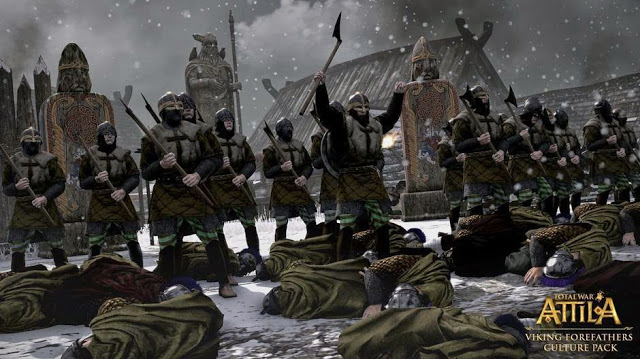

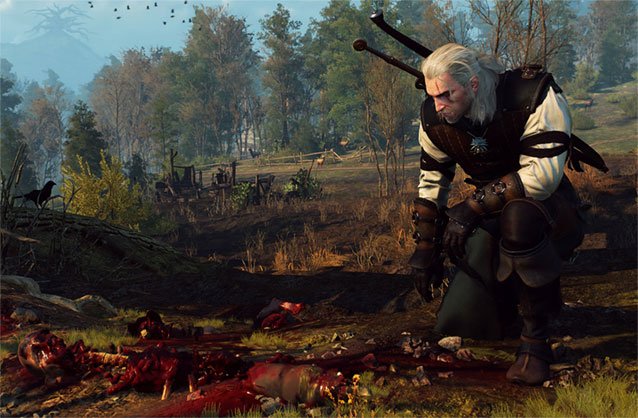
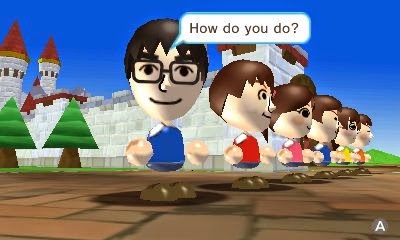
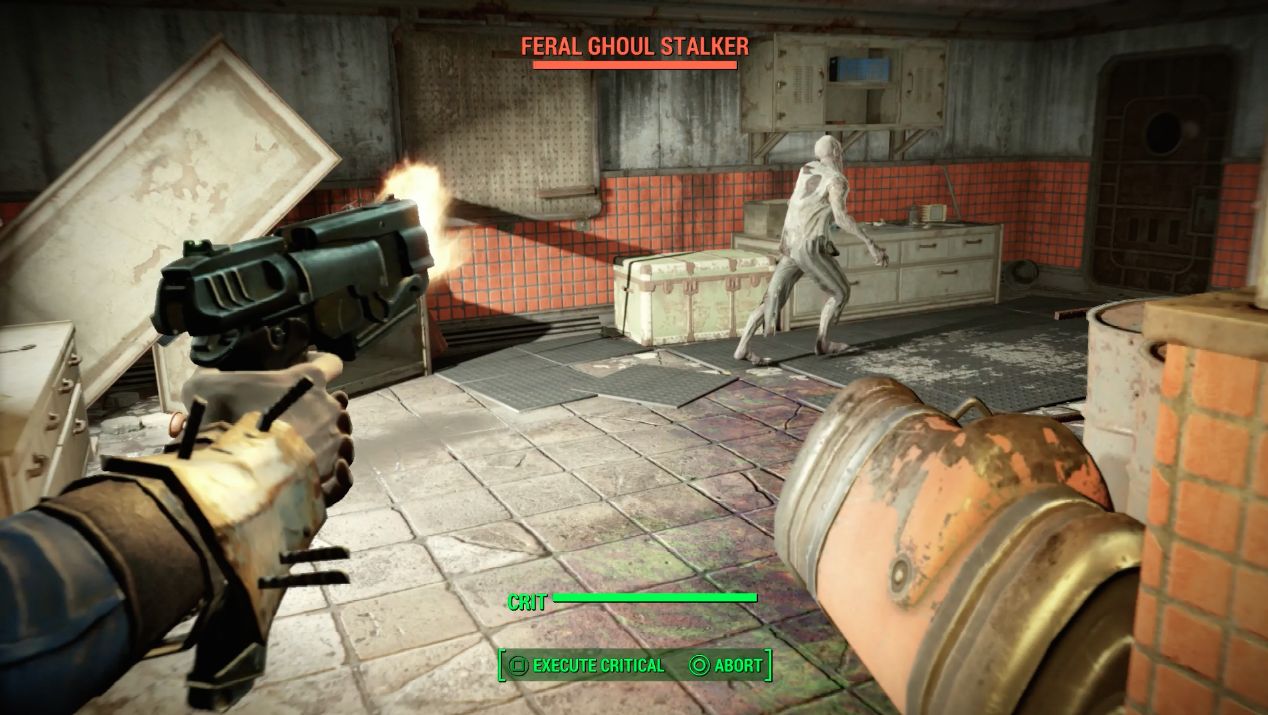 Fallout 4: Cleansing the Commonwealth walkthrough
Fallout 4: Cleansing the Commonwealth walkthrough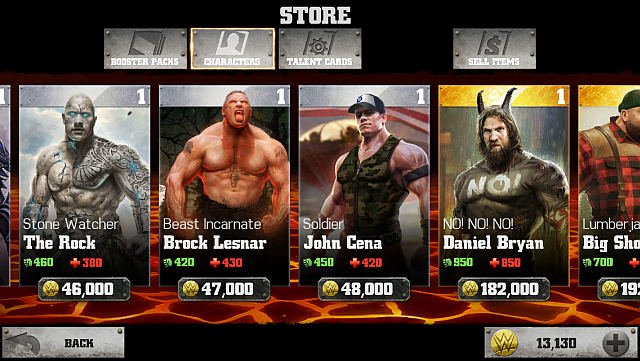 Is WWE Immortals Worth Downloading?
Is WWE Immortals Worth Downloading? How to Earn Easy and Fast Copper and Bottlecaps in Fallout 4 Guide
How to Earn Easy and Fast Copper and Bottlecaps in Fallout 4 Guide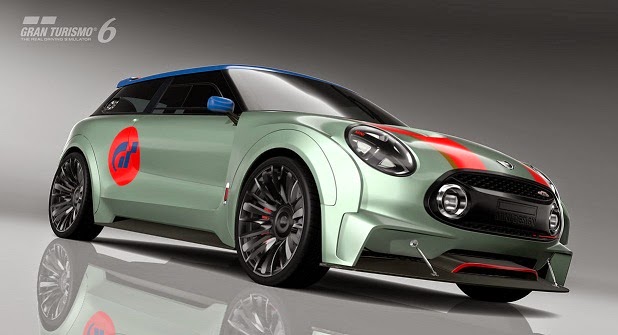 Gran Turismo 6 (PS3) Trophies, Rewards and tips
Gran Turismo 6 (PS3) Trophies, Rewards and tips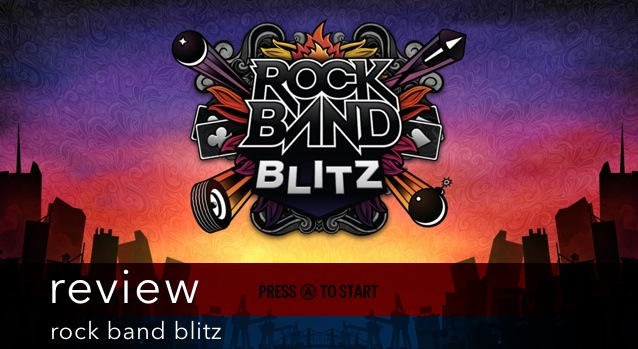 Review: Rock Band Blitz
Review: Rock Band Blitz